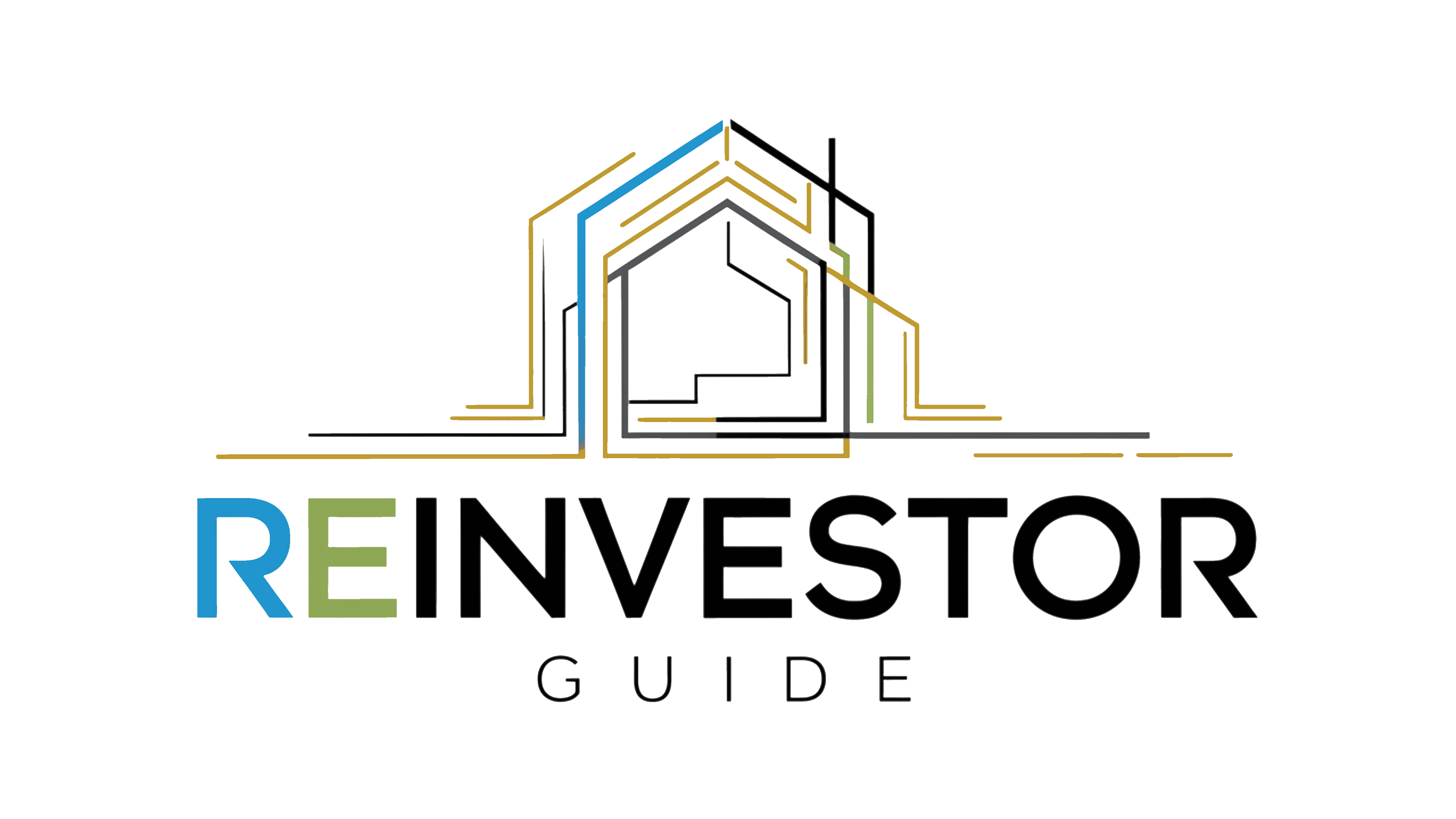Real estate investing can be highly profitable, but securing financing is often the biggest hurdle. Traditional banks, with their strict income, credit, and debt-to-income (DTI) requirements, can be quick to say “no.” However, a bank’s rejection doesn’t have to derail your investment plans. Savvy investors know that alternative financing options exist, and these tools can provide the flexibility, speed, and leverage needed to grow a real estate portfolio.
In this guide, we’ll explore proven backup financing strategies, including DSCR loans, private money, HELOCs, and more, to ensure your investment plans stay on track, even when traditional lenders say no.
Why Traditional Banks Say No (and Why It’s Not the End)
Banks often reject real estate investors for several reasons:
- High Debt-to-Income (DTI) Ratio: Many investors hit DTI limits, especially when holding multiple properties.
- Unconventional Income: Self-employed or 1099 investors often struggle to prove steady income.
- Credit Score Requirements: Investors with recent credit events may face automatic disqualification.
- Complex Financials: Investors with significant write-offs or multiple businesses can be challenging for traditional underwriters.
Backup Financing Strategies That Work
1. DSCR Loans – Ideal for Income-Driven Investors
Why Use Them: Debt Service Coverage Ratio (DSCR) loans are designed for investors who prioritize cash flow. These loans are approved based on property income, not personal income, making them perfect for self-employed investors or those with complex finances.
Key Benefits:
- No personal income verification (no W-2s, pay stubs, or tax returns)
- Qualification based on property cash flow, not borrower income
- Higher scalability – no property count limits
Example: An investor with a property generating $3,000 in monthly rent and a $2,000 mortgage payment has a DSCR of 1.5, making it easier to qualify. Learn more about DSCR Loans for Self-Employed Investors.
2. HELOCs – Tap Into Your Existing Equity
Why Use Them: Home Equity Lines of Credit (HELOCs) allow you to tap into the equity in your existing properties, providing a revolving line of credit to fund new acquisitions or renovations.
Key Benefits:
- Flexible, interest-only payment options
- Quick access to capital
- Lower interest rates compared to private money loans
Example: Investors who own a portfolio of properties can use HELOCs to fund down payments or renovations without selling their assets. Discover how HELOCs Can Help You Scale Faster.
3. Private Money – Fast, Flexible, and Relationship-Driven
Why Use It: Private money comes from individuals or groups looking for higher returns than traditional bank products. It’s often used for short-term flips or high-value properties.
Key Benefits:
- Faster approvals and closings
- Less paperwork and flexible terms
- Relationship-based, not strictly credit-driven
Example: An investor securing a short-term flip can use private money to close quickly and refinance later. Check out our guide on Private Money vs. Hard Money.
4. Portfolio Loans – Perfect for Scaling Investors
Why Use Them: Portfolio loans are designed for experienced investors who own multiple properties and want to avoid the strict DTI limits of conventional loans.
Key Benefits:
- No property count limits
- Flexible underwriting criteria
- Ideal for LLCs and professional investors
Example: A seasoned investor with 10 properties can bundle them into one portfolio loan, simplifying management and unlocking more capital. Learn more in our Portfolio Loans Guide.
5. Hard Money Loans – High Leverage for High-Return Deals
Why Use Them: Hard money is a popular choice for fix-and-flip projects and short-term bridge financing.
Key Benefits:
- Rapid funding, often within days
- Asset-based, focusing on property value
- Short-term, interest-only options
Example: A real estate investor buying a distressed property can use hard money to finance the purchase and renovations, then refinance once the property is stabilized. Learn about Bridge Loans vs. Hard Money.
Final Thoughts – Choose the Right Backup Strategy
When traditional banks say no, these backup financing strategies can keep your real estate goals on track. Whether you’re scaling a rental portfolio or flipping properties for profit, having multiple funding options is crucial for long-term success.
Ready to take the next step? Get started today to explore your financing options.
Frequently Asked Questions (FAQs)
Typically 640+, but some lenders may allow as low as 620 with compensating factors.
Yes, but terms may vary depending on the lender and property type.
Often within 5-10 days, depending on the lender’s process.
Read Next
- Refinancing with DSCR Loans: Unlocking Equity in Your Investment Properties
- How to Use a HELOC to Buy Your Next Rental Property
- Top Landlord-Friendly States Every Investor Should Know
For personalized guidance on choosing the best backup financing strategy, get matched with a lending expert today.



